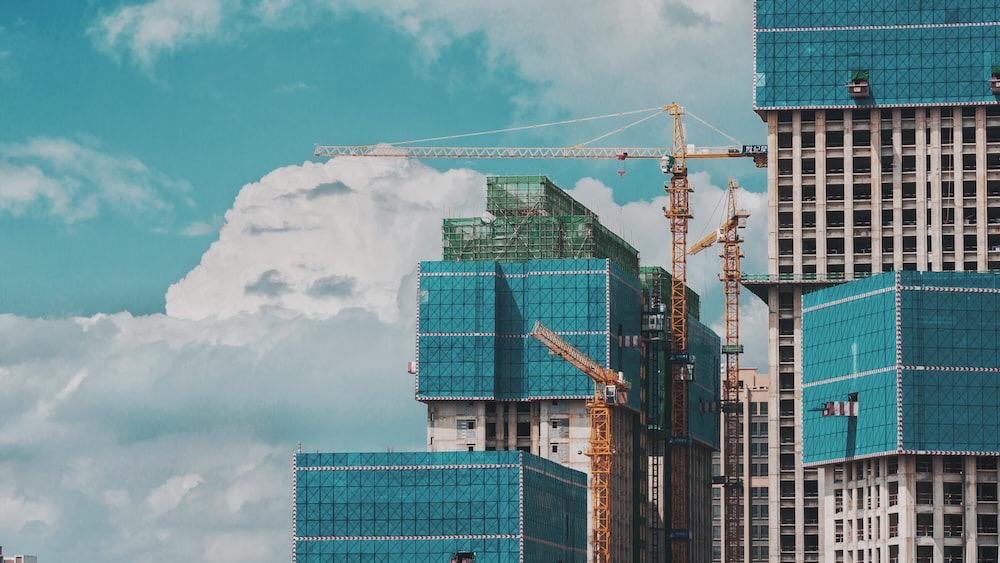Skyscrapers, the New Way for Sustainable Cities
AcePREX | Oct 09, 2023
The future of skyscrapers and high buildings in urban cities is likely to be
shaped by a combination of technological advancements, environmental
concerns, and evolving urban planning principles. Here are some key trends
and considerations for the future of tall buildings:
Sustainable Design: Sustainability will continue to be a paramount concern in
the design and construction of skyscrapers. This includes using eco-friendly
materials, energy-efficient systems, and renewable energy sources. Green
building certifications like LEED and BREEAM will play a significant role in
guiding sustainable construction practices.
Vertical Greenery: Vertical gardens and green facades are becoming more
popular in high-rise buildings. These features not only enhance the aesthetic
appeal but also contribute to improved air quality, thermal regulation, and
energy efficiency.
Smart Buildings: Advancements in technology will lead to the development of
smart skyscrapers equipped with sensors, automation systems, and data
analytics. These buildings will optimize energy usage, enhance security, and
improve the overall comfort and productivity of occupants.
Mixed-Use Developments: Urban planners are increasingly favoring mixed-use
developments that combine residential, commercial, and recreational spaces
within the same skyscraper. This approach promotes walkability, reduces
traffic congestion, and creates vibrant urban environments.
Vertical Transportation: Innovations in elevator technology, such as doubledecker
elevators, maglev elevators, and sky lobbies, will enable taller and more
efficient skyscrapers. These advancements will make it easier for people to
access upper floors quickly and comfortably.
Supertall and Megatall Buildings: The race to build taller skyscrapers, including
supertall (over 300 meters) and megatall (over 600 meters) structures, will
likely continue. These iconic buildings often serve as symbols of economic
prowess and architectural innovation.
Resilience and Climate Adaptation: In the face of climate change and natural
disasters, skyscrapers will need to be designed with resilience in mind. This
includes robust structural engineering, flood-resistant designs, and climateadaptive
features.
Vertical Mobility: The integration of urban air mobility solutions, such as flying
taxis and drones, may influence the way people move within and around highrise
buildings. Rooftop helipads and vertiports could become more common
in the urban landscape.
Cultural and Aesthetic Diversity: Skyscraper designs will continue to reflect
local culture and context, resulting in diverse architectural styles and forms in
different cities around the world.
Regulatory and Zoning Changes: Urban planning regulations and zoning
codes will adapt to accommodate the changing landscape of high-rise
buildings. These changes may include increased density allowances, updated
setback requirements, and more flexible land-use policies.
Post-Pandemic Considerations: The COVID-19 pandemic has prompted
discussions about the future of office spaces, with some suggesting a
potential shift towards more flexible remote work arrangements. This could
impact the demand for office skyscrapers and lead to reimagined workspace
designs.
Overall, the future of skyscrapers and high buildings in urban cities will
continue to evolve in response to technological innovations, sustainability
imperatives, and the evolving needs and preferences of urban populations.
These buildings will play a crucial role in addressing urbanization challenges
while contributing to the character and functionality of modern cities.
Categories